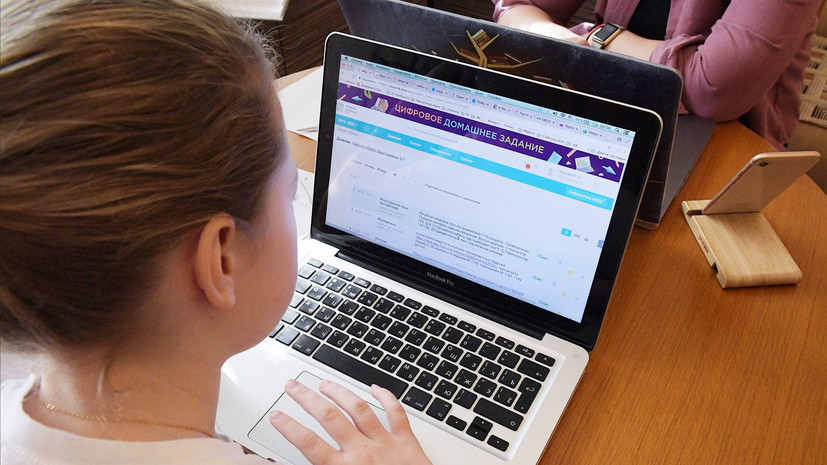
Methodist teachers quickly grasped the essence of the online game Who and whose difference, a simulator in which players build buildings and create new civilizations, and decided to put the game world of popular computer strategy in the service of education. The teachers stopped spelling students not to play Minecraft. Today, teachers-theorists are seriously engaged in the development of methods to use the game experience to improve the quality of education of students.
Joel Levin is a computer science teacher at a New York private school. His contribution to the use of Minecraft in the classroom was the opening of TeacherGaming LLC, which developed MinecraftEdu, a world-class version of the gaming phenomenon designed specifically for gaming education. By December 2012 MinecraftEdu has already become a part of the curriculum of almost 1000 American schools and a mandatory element of the program of another Swedish school.
The initial success contributed to the emergence and development of MinecraftEdu Forums profile, which have become an active network community of theorists and practitioners of the education system and the popularizers of “know-how”. New ideas appear on these forums and problems are solved by joint efforts. Joel Levin also runs the blog minecraftteacher.net.
In the history lessons at the Del Mar School (Tiburon, California), students study the subject using the Virtual Civilizations Project computer system that uses Minecraft algorithms. The Virtual Civilizations Project was enthusiastically approved by the school’s director, Dr. Vann Gardner, who outlined the benefits of the innovation:

Creative problem solving
Teachers set the task according to the “what if?” scenario, and students look for a solution either in a small group or independently. Minecraft simulator variations provide the means to both create such scripts and find solutions to them.
Motivation to learn
Students create civilizations (for example, Ancient Rome) using architectural materials studied in the history of the Ancient world in the construction of buildings. The highest degree of independent creativity is achieved when students are offered endless scenarios in which they need to lead second grade math games their own tribe and learn to assess the risks of this or that action.
The principal of the Del Mar School believes that the main purpose of using Minecraft in the classroom is to help students better understand the world around them. The effort is aimed at enabling students to draw parallels between the development of Minecraft’s virtual civilizations and the current challenges of modern society.
Development of the best qualities in the students
Students are able to understand that the way people interact in this virtual world is similar to the way they interact in real life. Here they can become part of an advanced community and work together to solve a problem. Ultimately, the successful application of Minecraft’s experience to the learning process can help students develop humanity and humanity.
Introducing Minecraft into the curriculum of so many schools in such a short period of time is a real phenomenon. The prospect of using Minecraft in the educational process, as described by Dr. Gardner of Del Mar High School, is amazing. The idea of motivated and interested students who understand themselves and their place in the world with Minecraft is exciting and inspiring.
